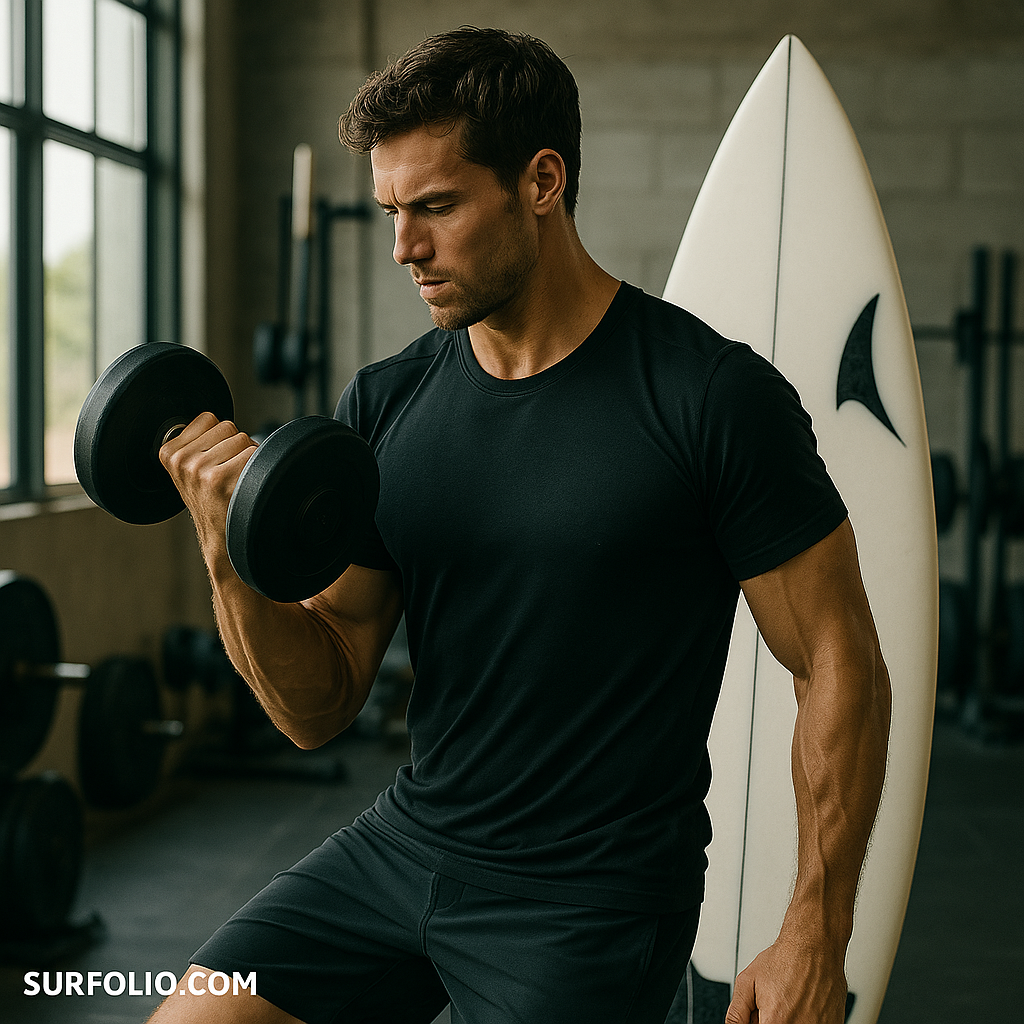
Surfing may look effortless, but behind every smooth ride is strength, stability, and serious endurance. The best surfers train their bodies to handle the physical demands of paddling, popping up quickly, and maintaining control in unpredictable ocean conditions. Whether you surf daily or just on weekends, adding surf-specific strength training to your routine can transform your performance and protect your body from injuries.
Why Strength Training Matters for Surfers
Surfing requires a combination of explosive power and fluid motion. You need upper body strength for paddling, core stability for balance, and lower body power for turns and maneuvers. Traditional gym workouts often miss this dynamic combination—but a targeted surf training plan builds functional strength that transfers directly to your board.
Key Areas to Focus On
- Shoulders and Back – for strong, efficient paddling
- Core and Hips – for stability and control during turns
- Legs and Glutes – for generating drive and balance through maneuvers
- Explosiveness – for fast, controlled pop-ups and wave takeoffs
The Surf Strength Training Plan
Day 1: Paddling Power & Upper Body
- Pull-ups or Lat Pulldowns – 3 sets of 8–10
- Dumbbell Rows – 3 sets of 10
- Push-ups or Stability Ball Push-ups – 3 sets of 15
- Shoulder External Rotations (with bands) – 2 sets of 12
- Plank with Shoulder Taps – 3 x 30 seconds
Day 2: Core Stability & Balance
- Stability Ball Rollouts – 3 x 12
- Side Planks with Hip Lifts – 3 x 30 seconds per side
- Russian Twists with Medicine Ball – 3 x 20
- BOSU Ball Balance Holds – 3 x 45 seconds
- Bird Dogs – 3 x 12 per side
Day 3: Lower Body Power & Mobility
- Squats or Jump Squats – 3 x 10
- Reverse Lunges – 3 x 12 per leg
- Single-Leg Romanian Deadlifts – 3 x 8 per leg
- Lateral Bounds – 3 x 10 per side
- Hip Flexor Stretch – 2 x 30 seconds per leg
Day 4: Functional Surf Circuit (Optional)
Perform as a circuit, 3 rounds total:
- Burpees – 10 reps
- Resistance Band Paddle Simulation – 20 seconds
- Box Jumps – 10 reps
- Plank to Pop-Up – 10 reps
- Jump Rope – 1 minute
Tips for Maximum Results
- Train 3–4 times a week, alternating strength and recovery days.
- Prioritize mobility and flexibility—tight hips and shoulders limit your surfing potential.
- Use resistance bands, balance boards, and stability tools to mimic the feel of surfing.
- Stay consistent. Even short, focused sessions build endurance and improve your flow in the water.
Recovery and Maintenance
Just as important as training is recovery. Stretch after every session, hydrate well, and add yoga or foam rolling to release tight muscles. Recovery helps maintain flexibility and prevents overuse injuries common in surfers’ shoulders and backs.
Final Thoughts
Surf-specific strength training isn’t about bulking up—it’s about building endurance, control, and explosive energy. When your body is strong and balanced, your surfing feels effortless. Combine this plan with regular ocean time, and you’ll notice faster paddles, smoother takeoffs, and more confidence in every wave you catch.
